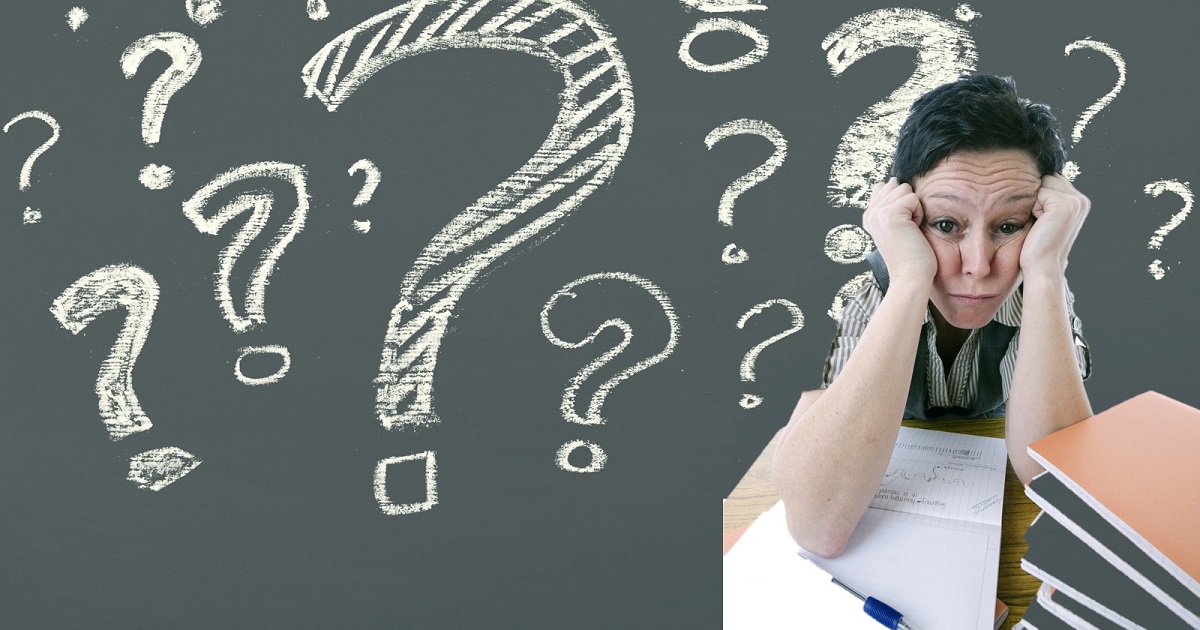Writing tip: punctuation marks in Dutch
Writing in Dutch is one of those things that can really get on your nerves. Because there are so many things to reckon with.
In today’s blog I want to look at a specific aspect of writing in Dutch – punctuation marks. But first, here are some important things you should know when writing a Dutch text.
Three important tips for writing in Dutch
- Keep it simple
It is tempting to translate what you know into Dutch. But don’t do that! Try to construct sentences directly from your knowledge of Dutch.
- Write and then rewrite
When you write a Dutch text, you take different steps. First you think of a structure and then you start writing.
To make the text as good as possible, check what you have written.
The best way is to check each point of grammar separately step by step. By that I mean, for example, conjugation of the verbs. So first you check your text just for the conjugation of the verbs.
Done? Then do the same thing with spelling of compound words, or with sentence structures or with ‘de and het’
This way of checking a text has been shown to be way more effective than checking it countless times for all those elements together.
- Writing tip: Take breaks when you write longer texts
It has been proven that studying or writing demands a lot from your brain. It needs to rest! So take short breaks after 45 minutes. You can read more here.
Language tip – Punctuation marks – Full stops or Periods
As in English, the full stop or period comes at the end of a sentence.
There are also the three dots at the end of a sentence…
Those 3 points indicate a thought that is not finished. The reader then has to imagine that himself.
It’s important to know – in English, a point is used in numbers where Dutch uses a comma and vice versa.
- €1,000,000.00 (English) €1.000.000,00 (Dutch)
Question mark
A question mark is mandatory at the end of a sentence in which a direct question is asked.
- Waar kan ik parkeren?
- Hoe laat begin de film?
- Where can I park?
- What time does the movie start?
Please note! An indirect question doesn’t have a question mark.
- Ik vraag me af waar ik kan parkeren.
- We moeten bij de kassa vragen hoe laat de film begint.
- I wonder where to park.
- We should ask at the box office what time the movie starts.
Single quotation marks
Usually, you use single quotation marks if you aren’t saying exactly what you really mean.
- Door het ‘fantastische’ weer kunnen we niet barbecuen.
- Because of the “fantastic” weather, we can’t have the barbecue.
Double quotes
Double quotes appear at the beginning and end of a quotation.
- Paul zei: “Ik ga naar Drenthe.”
- Paul said, “I’m going to Drenthe.”
Colon
You use the colon to indicate a quote. As shown in the previous example.
The colon is also used when there is an explanation, an enumeration or when indicating what the foregoing means:
- Er zijn drie mogelijkheden: winter school, summer school en pre-summer school.
- There are three possibilities: winter school, summer school and pre-summer school.
Comma
The comma causes some confusion. Good to know that it is used less compared to English.
There are no fixed rules for the use of commas. Where commas should be placed depends on the context of the sentence. However, there are some general principles.
The most important principle is that a comma should help a reader. After all, a writer wants the reader to understand the text as it is meant to be. This also includes indicating where the pauses should be.
Sentences you can use
In this blog you can read and use sentences for writing e-mails.

Bart de Pau
online Dutch teacher & founder of the Dutch Summer School & Dutch Winter School



